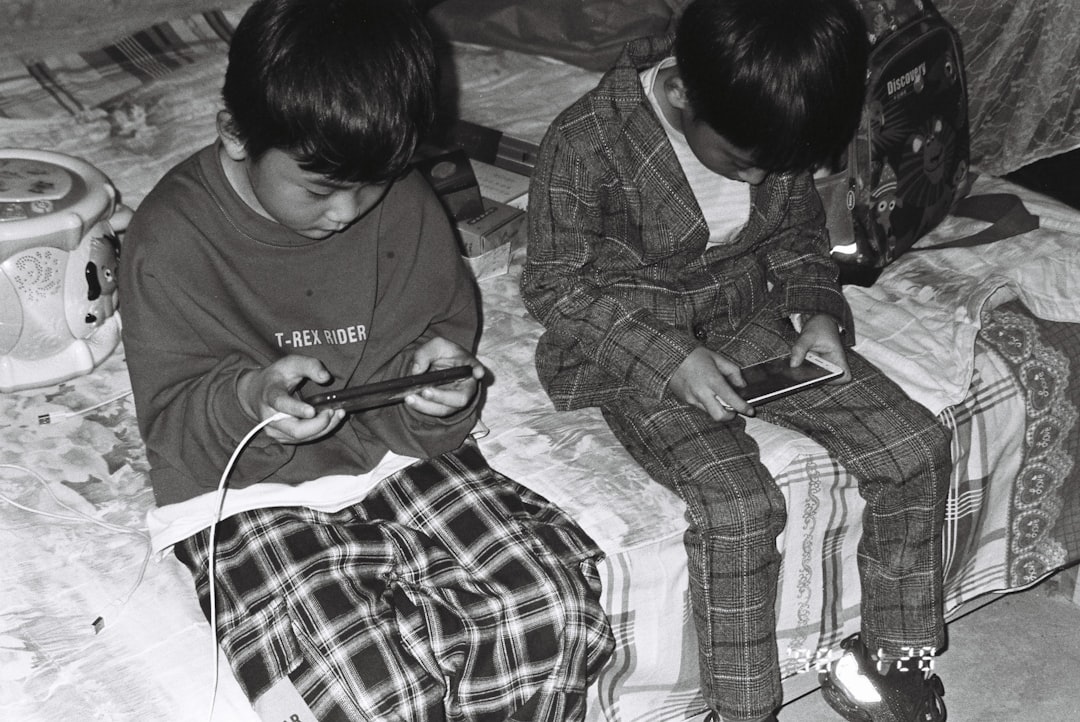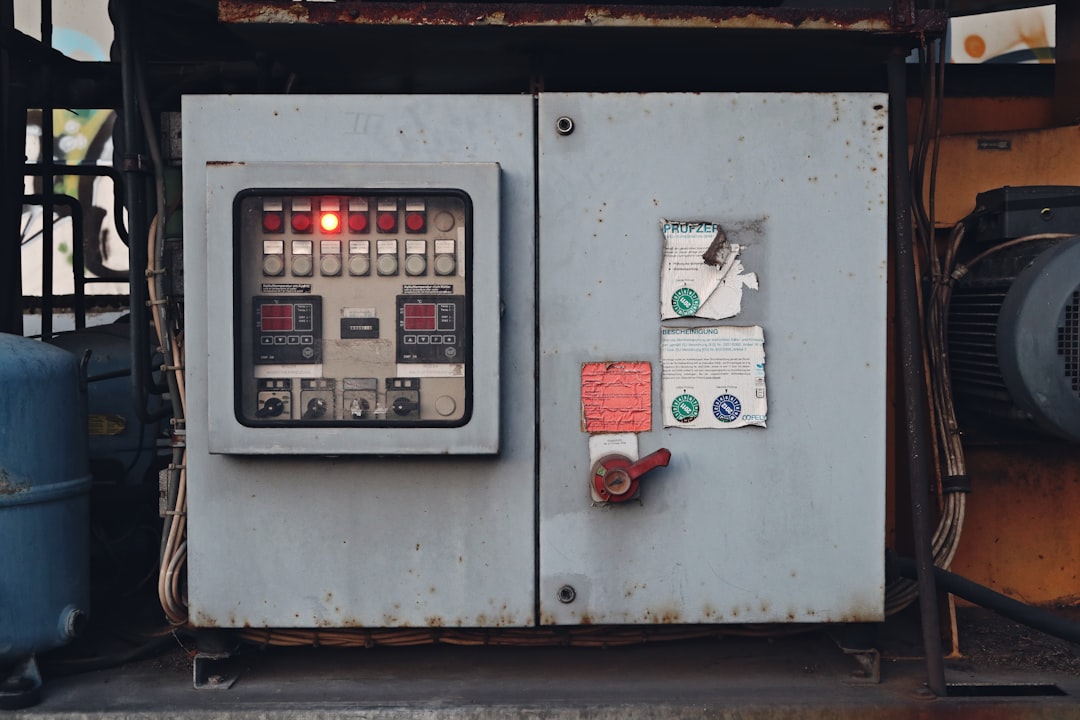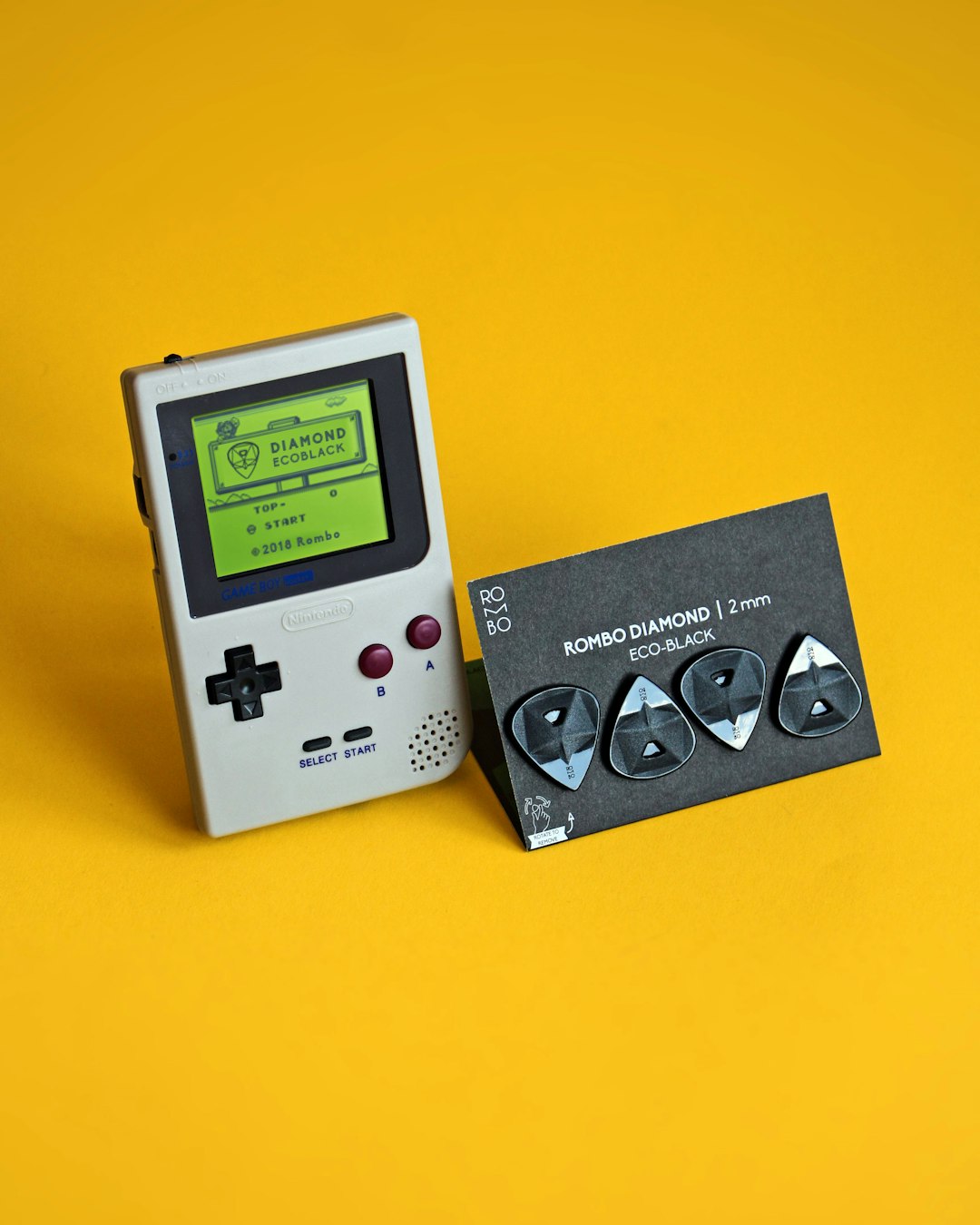Remember the charm of blowing into an old game cartridge? Or the thrill of beating your friends at 8-bit racing games? If you’ve got nostalgia in your veins, retro gaming handhelds might be calling your name. But before you grab the first console you see, it’s good to know what to look for. Let’s break it down, one pixelated step at a time.
Why Go Retro?
There’s something magical about retro gaming. The sounds. The chunky graphics. The simple, addictive gameplay. And the best part? You can enjoy all this on the go with modern handheld emulators or classic-style devices.
But not all handhelds are created equal. Whether you’re an NES nerd or obsessed with old-school PlayStation, picking the right device can be a game in itself.
Your Retro Gaming Handheld Checklist
1. What Games Do You Want to Play?
This is the most important question. Different devices support different platforms. Some work great with Nintendo consoles like the Game Boy, NES, and SNES. Others might support Sega Genesis, PlayStation 1, or even Dreamcast.
Make a short list. Do you want:
- Game Boy Advance classics?
- PSP and PS1 games?
- Arcade games like Metal Slug or Street Fighter II?
Knowing what consoles you care about will help you find a device with the right chips under the hood.
2. Emulation or Original Hardware?
You’ve got two paths here:
- Emulation handhelds: These devices play game ROMs using software that mimics old consoles.
- Original hardware clones: Devices like the Analogue Pocket use FPGA chips, re-creating original consoles at a hardware level.
Emulators are cheaper and more flexible. FPGA options are pricier but offer better accuracy and fewer bugs.

3. Screen Size and Quality
Size matters. A 2.6-inch screen might be retro-authentic, but it’s not great for your eyes. Look for these features:
- Screen size: 3.5 inches is a sweet spot.
- Resolution: Higher is better, but retro doesn’t need 4K. Around 640×480 is solid.
- Brightness: You don’t want to squint in sunlight.
- Display tech: IPS panels give you bright, crisp images.
Just say “no” to grainy, washed-out screens. Your eyes will thank you.
4. Controls and Comfort
You’ll be holding this thing a lot. So don’t settle for mushy buttons or awkward layouts. Look for:
- Responsive buttons: Feels like old-school arcade action.
- Analog sticks: Needed for PS1, PSP, and N64 games.
- Ergonomic shape: If it has sharp edges or weird grips, maybe pass.
If possible, try a device in person. If not, dig into reviews for comfort tips.
5. Battery Life
Imagine beating Bowser — and then your handheld shuts off mid-jump. Sad times. Battery life is key.
Here’s what to look for:
- At least 4-6 hours of playtime.
- Rechargeable battery: USB-C preferred.
- Removable battery: For easy swaps on the go (less common, but cool).
Quick tip: Devices with fancy screens or powerful chips drain faster. A balance is best.
6. Build Quality
Some devices feel like toys. Others feel like sturdy little beasts. Pay attention to:
- Sturdy casing (aluminum feels awesome, plastic is lighter)
- No creaky flex when you press buttons
- Strong hinges if it folds (no one wants a floppy DS-style tragedy)

7. Software and OS
If your handheld runs Android or Linux, the user interface matters. You shouldn’t need a tutorial just to load a game.
- User-friendly UI (on-screen menus should be quick and smooth)
- Fast boot: Waiting a minute for Sonic = sadness
- Active community: More fans = more support and mods
OS matters way more than people think. Smooth software = more time gaming, less time Googling.
8. Expandable Storage
Games don’t take much space, but when you collect 1000+ ROMs — you’ll need it. Check for:
- MicroSD card slot (look for max supported GBs)
- Internal storage space (16GB is good, 64GB is great)
Bonus: Some handhelds support drag-and-drop game file transfers from your computer. Easy mode unlocked!
9. Audio Quality
Who doesn’t love chiptune music while blasting space invaders? A device with cracking audio ruins the mood.
- Stereo speakers: Ideal for immersive play
- 3.5mm jack: Still important, trust us
- Bluetooth: Great for wireless play if supported
Just don’t settle for weak mono speakers unless you’re always using headphones.
10. Looks and Style
Let’s be honest. Part of the fun is style. We all want our device to look cool — or hilariously retro.
Some devices look like old game pads. Others resemble modern phones with a twist. Pick the design that screams YOU.
And yes, bonus points for classic color schemes like atomic purple or Sega blue.
Top Picks in the Retro Handheld World
Need a starting point? Here are some community favorites:
- Miyoo Mini Plus: Tiny, cute, and surprisingly powerful.
- Anbernic RG351MP: Sturdy metal shell, great buttons, supports many systems.
- Retroid Pocket 3+: Larger screen, Android system, awesome for PSP games.
- Analogue Pocket: Premium feel, FPGA-level accuracy for Game Boy lovers.
Each of these has its pros and quirks. Pick the one that matches your vibe and game list.
Final Tips for Your Retro Journey
So, let’s summarize:
- Pick based on the systems YOU love.
- Test how comfy it feels, if you can.
- Check that the community is alive — updates and tips keep devices fresh.
- Start small. Even a budget handheld can bring huge nostalgia.
And most important — have fun! Retro gaming is about reliving the joy of your childhood or discovering classics for the first time. There’s really nothing quite like it.
Happy button mashing!
 logo
logo



